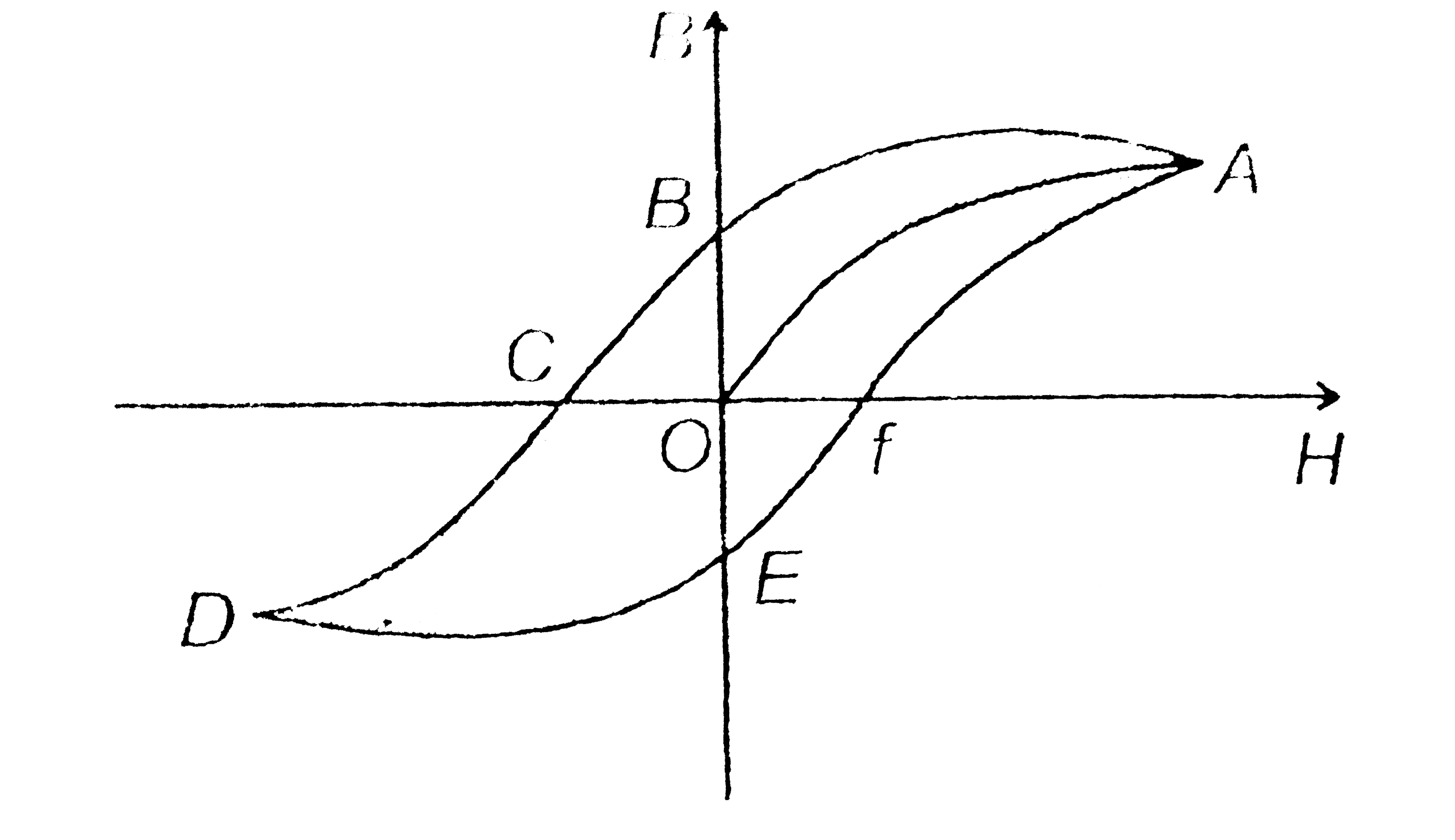If we plot a graph between force and time, the area under the curve and time - axis gives the value of
force per unit time
average force
impulse
rate of change of momentum
The correct Answer is:C
To solve the question, we need to understand the relationship between force and time in a graph and what the area under the curve represents.
1. Understanding the Graph:
- We are given a graph where the x-axis represents time and the y-axis represents force.
2. Identifying the Area Under the Curve:
- The area under the force-time graph (between the curve and the time-axis) represents a physical quantity.
3. Relating Force and Momentum:
- According to Newton's second law, force (F) is related to the rate of change of momentum (p) as follows:
F=dpdt
- Rearranging this gives us:
dp=F⋅dt
4. Integrating Over Time:
- If we integrate both sides over a time interval, we get:
∫dp=∫F⋅dt
- The left side gives us the change in momentum (Δp), and the right side gives us the area under the force-time graph.
5. Conclusion:
- Therefore, the area under the force-time graph is equal to the impulse (J), which is defined as the change in momentum:
J=Δp
- Thus, the area under the curve of the force-time graph gives us the impulse.
Final Answer:
The area under the curve of a force-time graph gives the value of impulse.
---
- We are given a graph where the x-axis represents time and the y-axis represents force.
- The area under the force-time graph (between the curve and the time-axis) represents a physical quantity.
- According to Newton's second law, force (F) is related to the rate of change of momentum (p) as follows:
F=dpdt
- Rearranging this gives us:
dp=F⋅dt
- If we integrate both sides over a time interval, we get:
∫dp=∫F⋅dt
- The left side gives us the change in momentum (Δp), and the right side gives us the area under the force-time graph.
- Therefore, the area under the force-time graph is equal to the impulse (J), which is defined as the change in momentum:
J=Δp
- Thus, the area under the curve of the force-time graph gives us the impulse.
The area under the curve of a force-time graph gives the value of impulse.
Topper's Solved these Questions
- MISCELLANEOUS QUESTIONSBOOK - MCGROW HILL PUBLICATIONCHAPTER - MISCELLANEOUS QUESTIONSEXERCISE - PART-B
99 Videos
- MEASUREMENTBOOK - MCGROW HILL PUBLICATIONCHAPTER - MEASUREMENTEXERCISE - ELEMENTARY QUESTIONS (HIGHER ORDER THINKING QUESTIONS)
13 Videos
- MOTIONBOOK - MCGROW HILL PUBLICATIONCHAPTER - MOTIONEXERCISE - HIGHER ORDER THINKING QUESTIONS
48 Videos
Similar Questions
Area under this given curve gives

View SolutionFill in the following blanks with suitable words :
(a) If a body moves with uniform velocity, its acceleration is ……… .
(b) The slope of a distance-time graph indicates …… of a moving body.
(c ) The slope of a speed-time graph of a moving body gives its .......
(d) In a speed-time graph, the area enclosed by the speed-time curve and the time axis gives the ...... by the body.
(e) It is possible for something to accelerate but not change its speed if it moves in a ......
View Solution
Knowledge Check
The area under the acceleration-time (a-t) graph gives
AAccelerationBDisplacementCVelocityDChange in velocityThe area under acceleration-time graph gives
ADistance travelledBChange in accelerationCForce actingDChange in velocityThe area under the force time curve represents
AWorkBPowerCMomentumDImpulse
Area under speed-time curve gives
View SolutionThe area under a velocity-time graph gives :
View SolutionIn a projectile motion, if we plot a graph between power of the force acting on the projectile and time, then it would be like
View SolutionArea under power-time curve gives
View SolutionI. Impulse of a force is positive, negative or zero according as the momentum of the body increases, decreases or remain unchanged, under the effect of force.
II. Impulse of a variable force is equal to area enclosed by the force curve and the time axis.
Ill, Impulse of force is a measure of total effect of the force. Which of the above are correct statements?
View Solution
